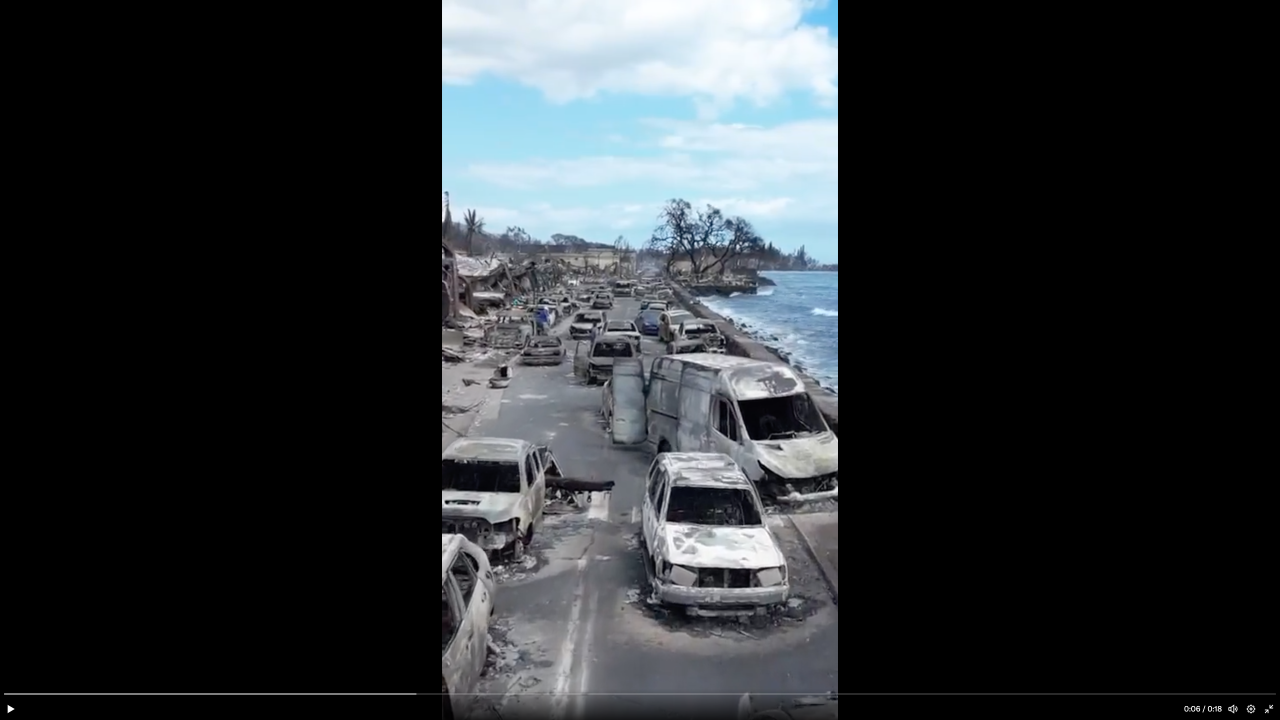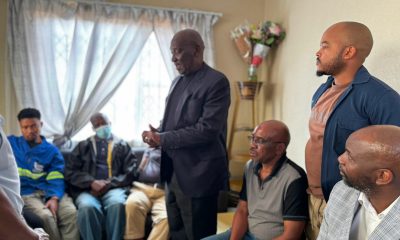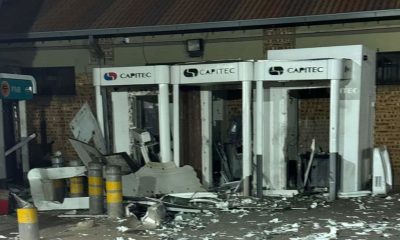News
Death Toll in Hawaii Fire Approaches 100 as Frustration Mounts

As of Sunday night, the distressing toll stood at a confirmed 96 lives lost, yet authorities grimly cautioned that this number was poised to escalate. Recovery crews, equipped with cadaver dogs, continue traversing the remnants of Lahaina’s hundreds of homes and charred vehicles, a poignant reminder of the devastation wrought as reported by Jacarandafm.
In the early hours of Wednesday morning, the historic coastal town of Lahaina on Maui bore the brunt of a ferocious conflagration that nearly razed it to the ground. Disturbingly, survivors recount an eerie absence of warnings, leaving them vulnerable to the swift-moving inferno’s onslaught.
Also Read: Multiple Schools Receive Funding Boost from Hardware Store
Amid this tragedy, a poignant query emerges: why did the island’s sirens remain ominously silent? When pressed on this matter, Hawaii Senator Mazie Hirono vowed to await the outcome of an investigation initiated by the state’s attorney general. Taking a candid stance, she expressed her unwillingness to offer any excuses for the heart-wrenching catastrophe. Her words resounded on the platform of CNN’s “State of the Union,” where she acknowledged the urgent need for rescue operations and the sombre reality of uncovering more casualties.
The extent of the devastation becomes starkly evident as official estimates reveal over 2,200 buildings left in ruins, the financial toll mounting to a staggering $5.5 billion. Within the aftermath, the harrowing findings have been shrouded in grim complexity. Maui Police Chief John Pelletier grimly attests that the remains discovered bear the telltale signs of a fire that melted metal, rendering the identification process formidable. He earnestly appeals to those searching for missing loved ones to provide DNA samples, a potential catalyst to expedite identification.
The task at hand is vast as cadaver dogs continue their tireless search through the labyrinthine wreckage, holding out hope for a closure to the anguish still hanging over the community. In a candid disclosure, Chief Pelletier reveals that only a fraction of the territory has been scrutinised thus far, underscoring the challenges of the endeavour.
The wildfire’s gravity cannot be overstated, marking it as the deadliest conflagration in the United States since the harrowing events of 1918. That year, a catastrophic toll of 453 lives was claimed in Minnesota and Wisconsin, a sombre precedent etched in history by the nonprofit research group, the National Fire Protection Association. The present tragedy surpasses the heartrending toll of the 2018 Camp Fire in California, an event that obliterated the town of Paradise, leaving 86 lives in its wake.
This disaster prompts poignant questions about authorities’ readiness in the face of such calamities. Despite the island’s exposure to natural hazards such as tsunamis, earthquakes, and violent storms, there are glaring gaps in preparedness. The official emergency management plan of the State of Hawaii, compiled just last year, deemed the risk posed by wildfires to people as “low.” However, when disaster struck, the layers of warning systems designed to protect the populace seemed to falter.
The complications faced by survivors further exacerbate the tumultuous days following the catastrophe. Many were left in the dark, metaphorically and literally, as power outages hindered receiving emergency alerts on their cell phones. The eerie absence of emergency sirens compounded the sense of abandonment, forcing Lahaina’s residents to glean information from their neighbours or witness the inferno firsthand.
Personal accounts paint a haunting picture of a mountain igniting in flames, with residents receiving no forewarning. Vilma Reed, a resident whose house was reduced to ashes, shares her ordeal, depicting the distressing moment when the fire was already at their doorstep. The absence of communication left lives hanging in the balance, the lack of alert systems magnifying the sense of vulnerability.
While some faced the disaster, others grappled with its aftermath. The lack of water in hydrants, reported by The New York Times, only compounds the challenges firefighters face battling the blaze. Lives are disrupted, and communities unite in grief and resilience. A congregation finds solace amidst the ruins, Pastor Arza Brown leading them in a poignant service, their strength buoyed by solidarity and mutual support.
However, amid this unity, roadblocks hinder the return to normalcy for survivors. The trappings of bureaucracy impede their access to their homes, prolonging their hardships. Even those who could prove their residence are barred from entry as safety assessments and searches continue. A community already scarred by tragedy faces bureaucratic barriers that further compound their ordeal.
The catastrophe in Maui’s Lahaina joins the chorus of extreme weather events that swept across North America, Europe, and Asia this summer. Record-breaking wildfires, scorching heat waves, floods, and havoc reign, underscoring the far-reaching impact of human-induced global warming. The scientific community’s dire predictions manifest in reality as natural hazards intensify in both frequency and severity, leaving a trail of devastation in their wake.
Also Read:
Follow us on Google News
Photo: Twitter / @AMERICANDREAM09Jack Media ~DREAM






















